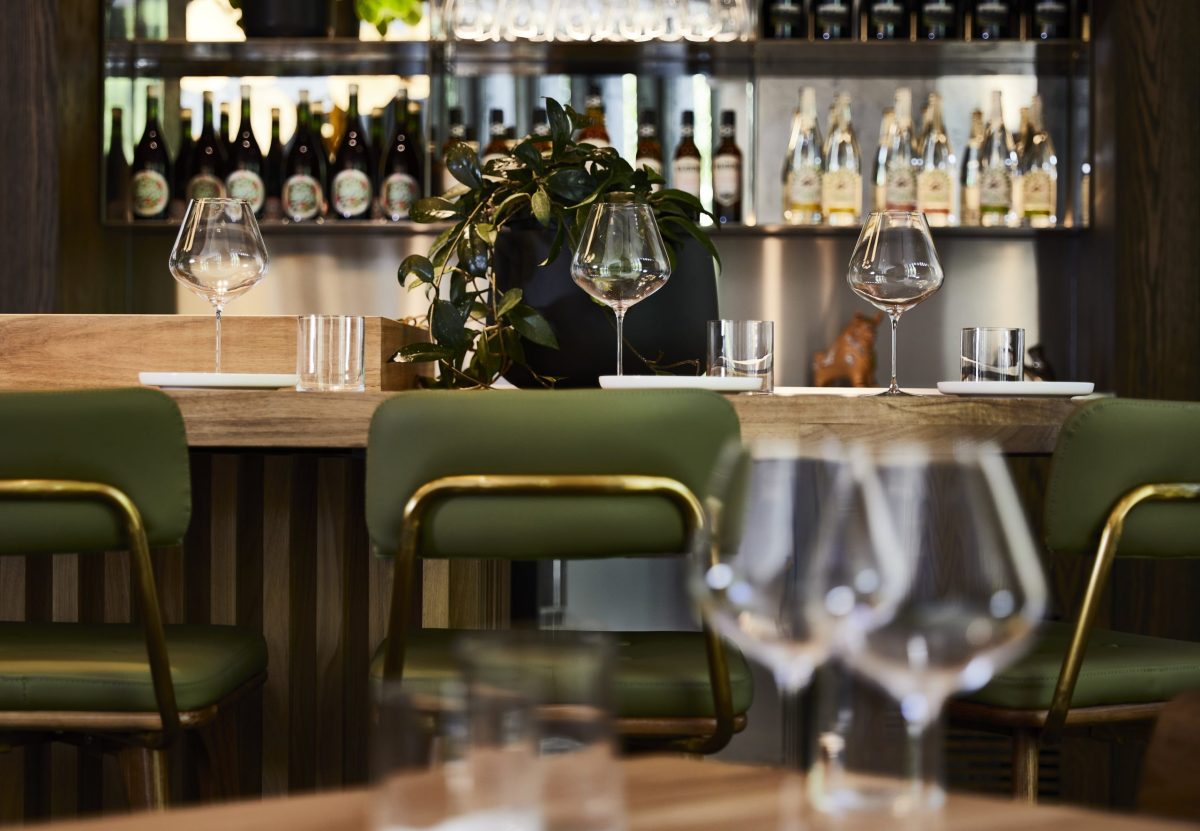The adage “the customer is always right” is engrained in the hospitality industry.
Chefs and front-of-house professionals are expected to grit their teeth and smile at the most trivial customer qualms, but those days are over.
And the general public needs to get on board with an industry that’s been closed down, pivoted and reopened as the country deals with COVID-19.
The hallmark of any good relationship is communication, and this is a ripe opportunity for operators to start a new chapter.
Reiterate COVID-Safe practices
Many states have mandated compulsory vaccinations as a condition of entry to businesses to protect customers and employees. An individual’s decision to be vaccinated or not is personal, and it’s not a venue’s role to ask any questions beyond the request of a ‘green tick’.
If they don’t have one, they can’t dine in. “It is very important hospitality businesses adhere to the public health orders and it will also be very important that consumers follow public health orders in relation to checking into venues,” says Wes Lambert, CEO of the Restaurant and Catering Industry Association Australia.
“We support messaging in relation to check the tick rather than creating confrontation around reasoning. In New South Wales and around the country, patrons have been checking into premises using QR codes for nearly a year. Businesses [need to] ensure that anyone entering their premises has a green tick while the health order is in effect.”
Print signage out to display at your venue reiterating ‘the tick’ is a state-mandated requirement and ensure the message is present on your website and social media pages.
It is also a good opportunity to reach out to your community now through a newsletter and clearly outline a patron’s responsibilities if they choose to dine at your restaurant.
Venues risk fines for not complying with state health orders and laws, and customers need to understand it’s a make or break situation for the industry.
Reshape customer expectations
Most patrons will be ecstatic to be able to sit down at a venue once again after a long hiatus. The general experience between customers and staff will be a positive one, but there will be the odd person expecting the world.
It’s likely many venues will commence operations with a lean team, meaning workers simply won’t have the capacity to anticipate each and every diner request before it’s made.
Perhaps a drink is forgotten, but if a customer makes a fuss and requests a free cocktail for a minor mishap, it’s okay to decline should you wish. And if a negative review is dangled, you can simply reply and state the facts: you’re doing your best.
Usher in iron-clad reservation systems
Many businesses require pre-payment or credit card details to lock in a booking, and it’s a good time to review your procedures as we head into the busiest time of the year.
Tailor your platform to your requirements whether it’s a non-refundable deposit if adequate notice of cancellation isn’t provided, a full pre-payment or credit card details to simply secure the reservation.
Operators should also activate email and text reminders through their bookings platform. A confirmation, reminder and a final ‘we’re looking forward to seeing you’ message the day of a reservation will go a long way to minimising no-shows and empty tables.
Time limits on reservations will also be key to maximising diner numbers while capacity limits are in play.
This will depend on the experience you are providing. For cafes, an hour to an hour and a half (depending on how busy you are) is enough time, with a fine-dining set-menu situation likely necessitating two hours.
Make sure a customer agrees they will vacate their table in the booking form; it also doesn’t hurt for staff to remind diners when they arrive for their meal.
Refine menus
How many dishes is too many dishes – that is the question. While variety might be the spice of life, it’s the opposite for venues reopening after a long dine-in break.
Slim down your offering – it’s only going to benefit every touchpoint of your business from offering customers a concise menu to cutting down on ordering, prep time, food waste and labour.
By keeping things small, you’ll also have more flexibility to change things up and offer an evolving dining experience, which is appealing to regulars and new diners.
Support your workforce
If you’ve managed to hang on to the majority of your staff members for the past year and a half – great job – now cling on to them even tighter.
While we can expect overseas workers to arrive next year, the staff shortage will continue to impact the industry in a big way.
Skilled hospitality staff are in demand and if you’re not providing a secure and supportive workplace for an employee, they’ll get it from the next place.
Ensure workers are offered adequate time off to spend with their friends and families, are aware of resources should they be struggling mentally or financially, are well trained to deal with any obstacles and are given positive feedback and support as life gets back to normal.
Perhaps it’s a shout out in front of the whole team, an Instagram post letting followers know how much of a superstar they are or giving them a bottle of wine from the cellar – the change comes down to you.
You’ve got this!

